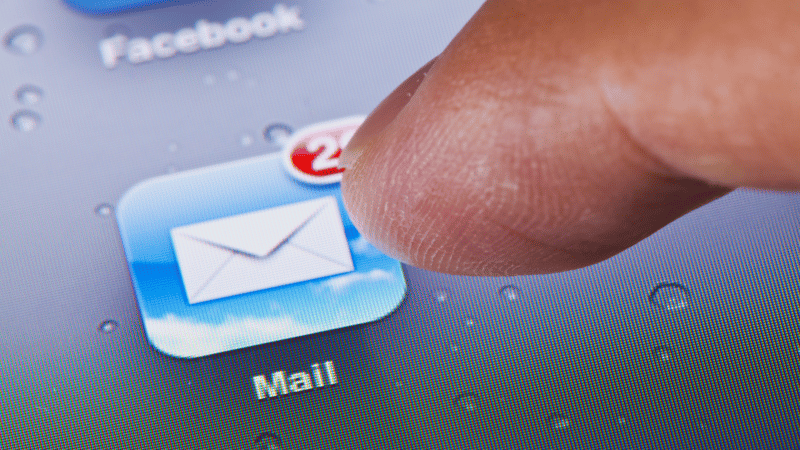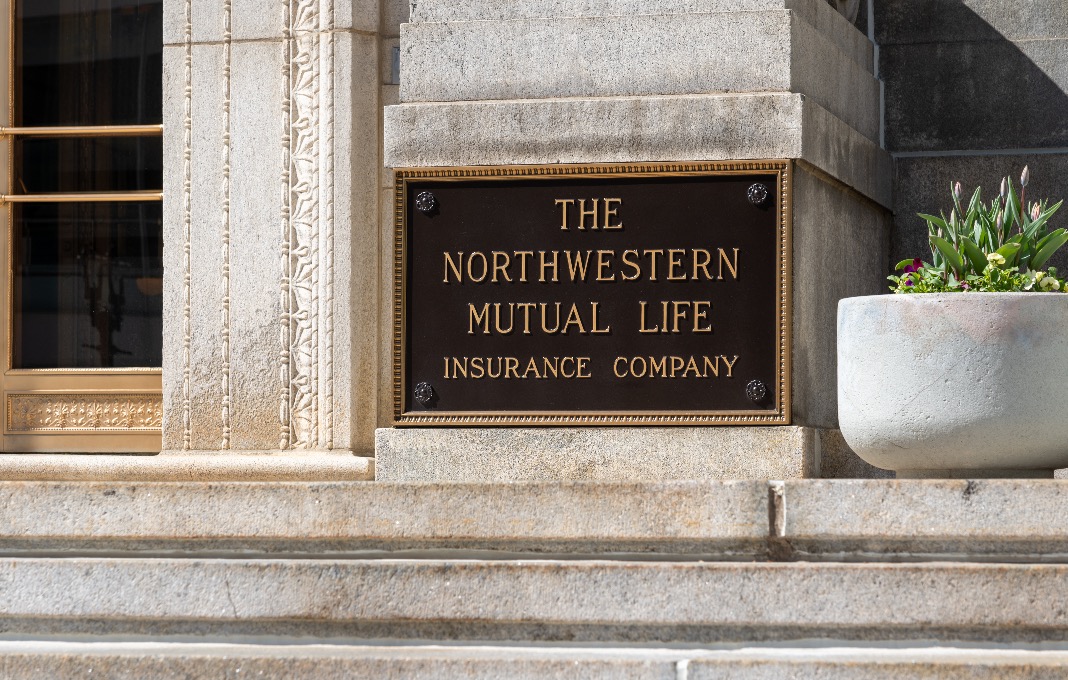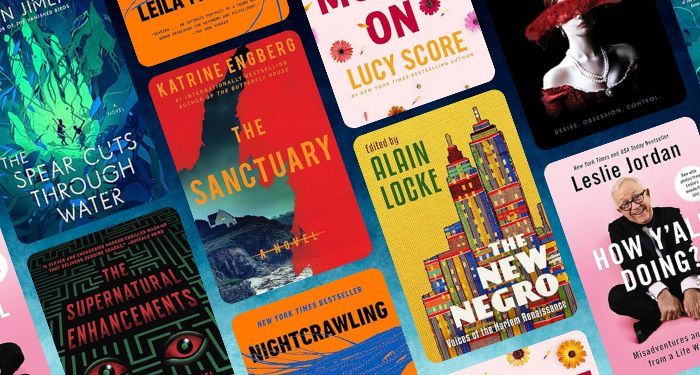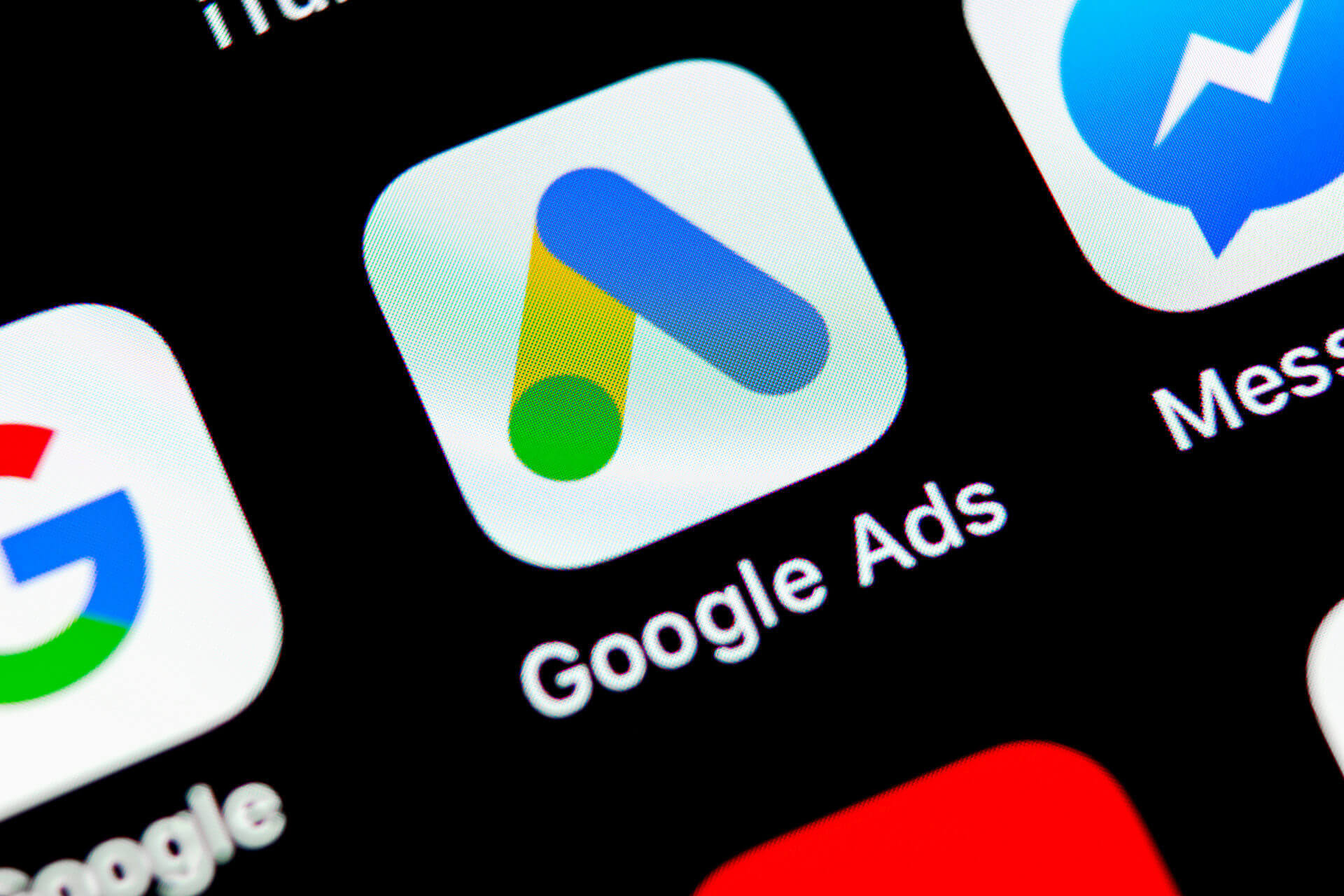This is Part 3 of a four-part series on how AI will be infused into marketing automation platforms. Part 1 is here and Part 2 is here.
Depending on your role and level of experimentation over the past nine months, your view of generative AI can range from “it’s just a shiny object” to “these are transformational opportunities and threats.”
For much of this year, most of the discussion focused on generative AI capabilities as stand-alone applications, available directly through web-based chatbot experiences or through AI-driven third-party applications.
That’s changing rapidly. CRM and marketing automation platform (MAP) vendors are embedding genAI capabilities into their existing applications, and so are Microsoft and Google in their general-purpose productivity suites, Office and Workspace.
Infusing genAI capabilities will impact multiple campaign processes, including marketing and sales alignment, field marketing and reporting/analytics. But the most disrupted processes will be campaign content management, with its potential impacts:
- Ensuring brand consistency. Tone/style guides built into prior templates and editor capabilities.
- Shifting content workflow processes — from speed of revisions and version control. In generative AI, what is a “version”? Each output is very different when prompts are modified and resubmitted.
- Evaluating the continued use of third-party applications like Writer.com and Jasper when infused genAI capabilities are offered (at least in beta) by vendors like Salesforce and HubSpot.
Note: Milton Hwang will be discussing topics related to this article along with Mike Kaput of the Marketing AI Institute and Theresa Kushner of Business Data Leadership at The MarTech Conference on September 26. Register free.
Content ops: Redefining the roles of the martech and content/creative teams
Recall the original shift in work processes when MAPs hit their prime in the early to mid-2010s, with embedded email and landing page “templates” systems that helped teams drive standardization and efficiency.
But teams had to make a choice. Either train content/creative leads on how to use their marketing automation platform or design a content operations flow where those colleagues “stayed” in their native platforms and produced copy/assets. Then, the operations/martech team loaded and tested creative assets and content into templates.
Over time, this led to a whole series of martech innovations. Third-party content management solutions, including content operations and digital asset management applications, were integrated MAPs. Content teams often considered these applications more “fit-for-purpose” than the core MAP templates.
This also led to agencies gaining access to their client’s MAP if they were responsible for digital production, driving efficiencies by augmenting their client’s teams directly rather than shuffling versions across agency and in-house tools.
Years later, there was a mild disruption as the MAP capabilities improved with more rich text editor and drag-and-drop capabilities. Martech loaders/testers made modifications without returning to their design and copy colleagues.
Dig deeper: AI-powered marketing automation: How to make it work for you
Directly infused generative capabilities
With the infusion of generative AI content capabilities directly into core CRM/MAP capabilities, we’re now set for much more disruption
Let’s take a look at HubSpot’s Content Assistant capability as a working example of infused genAI. This functionality is widely accessible in beta releases, even their free CRM options. HubSpot is using OpenAI’s ChatGPT model.
When you click on the lightning bolt after highlighting the draft copy, a menu pops up offering options to rewrite, expand, shorten or change tone, along with pre-built tone options (as shown below).


The strengths and shortcomings of genAI’s writing abilities have been thoroughly documented, and I won’t discuss them here.
How to prepare for content governance disruptions driven by genAI
What hasn’t been explored are the governance process changes that introducing genAI capabilities will force for the content and marketing ops teams. Here are five issues you should start planning for.
1. Training
Content/creative teams will either need to be trained or retrained to use MAPs. If not, and legacy content loading processes are left intact, a new guardrail is needed for the martech team.
The guardrail should prevent the content loader/tester from using the embedded genAI capabilities without consulting their content colleagues.
2. End-runs on direct access bans
Infused genAI functionality creates the opportunity for end-runs by teams prohibited from using stand-alone genAI tools. Having access to the functionality may be viewed as permission to use it.
Embedded genAI capabilities may also undo “tone” guidelines enforced by tools like Office or Google or in digital asset management systems. Earlier this year, this drove investment in a huge set of AI-first platforms like Jasper and Writer. The directly embedded capabilities will force trade-off decisions.
3. Version control
Today’s content operations management tools include approval/workflow capabilities that help ensure the correct version is deployed to customers. With infused genAI, teams can create infinite versions to track without ever leaving the inline editor. Imagine the number of red lines in an AI “track-changes” chat mode.
4. Data and security controls
In many genAI systems, users share their prompts and responses with the vendor to improve their systems. HubSpot’s ChatGPT integration guidelines are completely new and untested in this context.

That creates significant IT and data security security concerns. You may have assumed that the data in your genAI instance was completely yours. Vendors like HubSpot are upfront with their policies, but you may still contribute to a competitor’s success just by using their software.
Case in point: The disruption is that the prompts are part of the data, which completely changes the paradigm of data management.
5. Core martech and the other foundational content tools
There’s been so much attention on newly launched genAI tools, but I recommend re-investing in the bedrock applications you’re already using.
CRM and MAP vendors are the ones you already know the best and have likely been with the longest. Knowing the genAI capabilities of your core applications is a must, given the pace of introductions.
Remember that the introduction of genAI will impact the foundational tools not typically included in the martech stack, e.g., Office 365 or Google Workspace productivity suites.
Many of us had been experimenting with Google Labs’ “Help me write” feature. Google just announced that this functionality will now be included in the rollout of Duet AI, the competitive response to Microsoft’s 365 Co-pilot.

Those announcements preceded the launch of ChatGPT Enterprise in August, which will further disrupt these roadmaps. These trends hit the foundation for all business content, with the impact far outstripping just the marketing department.
Dig deeper: Marketing leaders, are you actually ready for AI?
Establish — or re-establish — your campaign and content change management process teams
All of this brings me to a final recommendation of where to start discussions with your teams. The core of campaigns and MAPs is — and will always be — content management processes at the intersection of creative and martech teams.
We need to dust off the processes that helped us navigate each martech disruption before this with a best practice: designate a champion or leader to experiment, train, plan and roll out new capabilities.
Prior rounds of innovation don’t rival the disruption we’re about to see from the infusion of genAI into our core applications. We need to start the discussions of how to manage the change now.
Opinions expressed in this article are those of the guest author and not necessarily MarTech. Staff authors are listed here.






































































